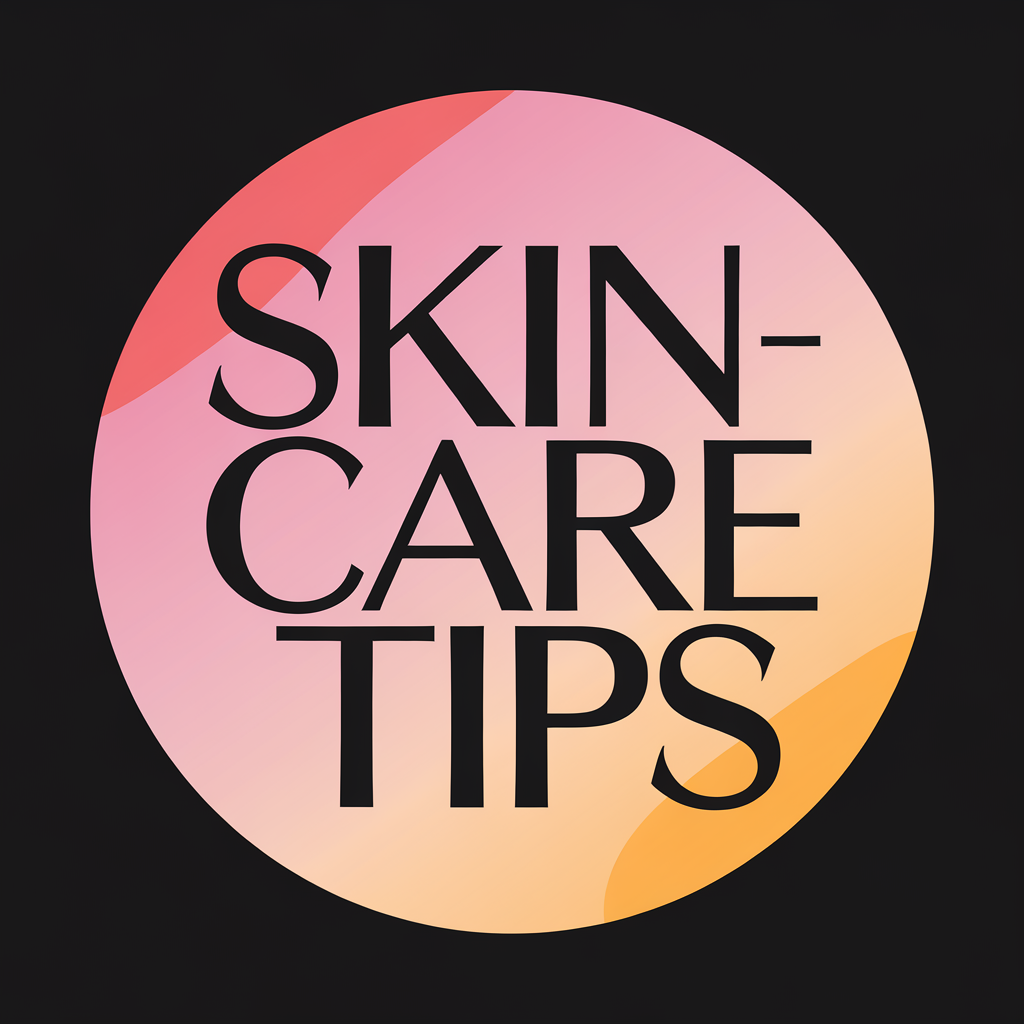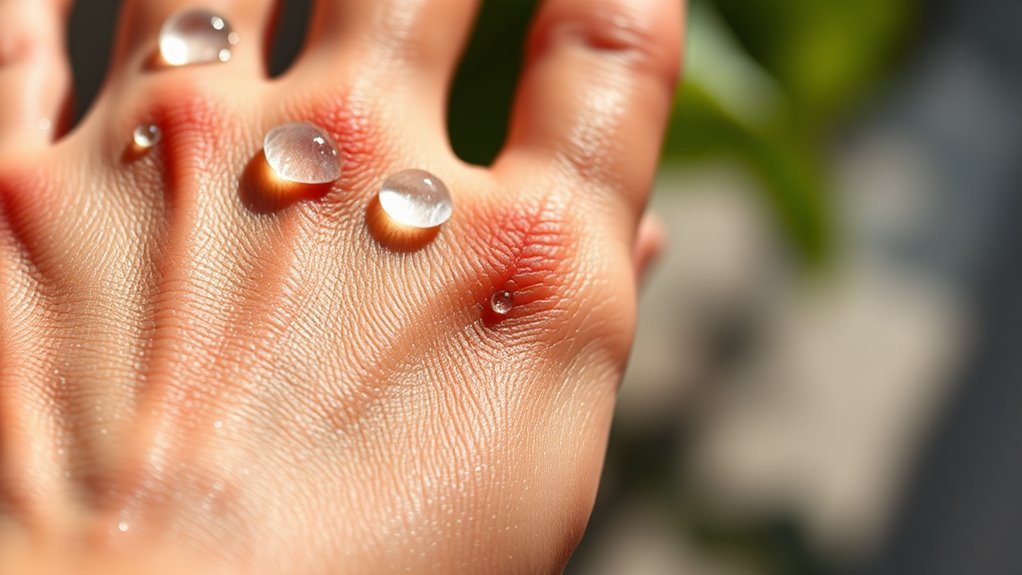Your Skin Type Might Not Be What You Think – Here’s How to Find Out
You might think you know your skin type, but misidentifications happen all the time. Factors like dehydration or harsh products can skew your perception. To figure it out, try cleansing your face and observing how your skin feels over a few hours. Pay attention to any signs of discomfort or excessive oiliness. Understanding your true skin type is crucial for effective skincare routines. Stick around, and you’ll discover more tips on how to accurately assess and care for your skin.
Common Misconceptions About Skin Types
Many people hold misconceptions about their skin types that can lead to ineffective skincare routines. You might think you have oily skin when it’s actually just a misidentified skin type caused by dehydration or incorrect product use. This misunderstanding can lead you to overcompensate, worsening your skin’s condition.
Others may assume they’ve sensitive skin, only to realize that certain products trigger reactions instead. You’re not alone; many feel confused about their skin’s needs.
The truth is, skin types can change due to various factors like climate, hormones, or diet. So, relying on outdated information can hinder your skin’s health. Embracing that your skin mightn’t be as you thought creates space for growth.
Listening to your skin’s signals and adjusting your routine accordingly fosters a sense of community among those on the same journey. Accurate skin type identification is crucial for finding what truly works for you, and you deserve that clarity.
Expert Methods for Accurate Skin Type Identification
How can you determine your true skin type accurately? Start by cleansing your face with a gentle cleanser, then leave your skin bare for a few hours.
Pay attention to how it behaves—does it feel oily, dry, or comfortable? This test helps you identify your skin’s natural state.
Another expert method is the skin typing questionnaire, which covers factors like sensitivity, oiliness, and breakouts.
Consider your skincare habits and environment, too; they can greatly influence how your skin responds. Additionally, conducting a simple at-home test can provide visual indicators that assist in accurately assessing your skin type.
Finally, don’t hesitate to consult a dermatologist. They can offer personalized insights based on your unique skin condition.
Remember, understanding your skin type helps you choose the right products, fostering a sense of belonging to a community that values skincare knowledge.
Embrace this journey towards clarity and confidence while celebrating your natural beauty!
Signs You Might Have Misdiagnosed Your Skin Type
Misjudging your skin type can lead to using the wrong products, which might exacerbate issues instead of resolving them.
If your skin feels tight and uncomfortable after washing, you mightn’t be the dry type you think you are. A shiny T-zone indicates excess oil, suggesting you could actually be oily or combination skin.
Notice frequent breakouts or irritation? That could mean your products aren’t suitable for your true needs, no matter how “gentle” they claim to be.
If you keep switching products but still aren’t happy with the results, it’s a sign you need to reassess.
Also, if your skin reacts negatively to new treatments, it’s a red flag that you need to dig deeper into your skin type. Dehydration can trigger oil production and understanding this connection is vital for effective skincare.
Embracing your true skin type opens the door to finding the right solutions, helping you feel truly connected and confident in your skin.
The Importance of Knowing Your True Skin Type
Knowing your true skin type is crucial for creating an effective skincare routine. When you understand your skin’s unique needs, you can choose products that truly benefit you rather than relying on generic advice.
This personalized approach helps you embrace your skin, fostering a sense of community with others who share your experiences.
If you mistakenly treat your skin type, not only could it lead to frustrating breakouts or excessive dryness, but it can also prevent you from feeling your best. Everyone deserves to feel confident in their skin, and knowing your true type helps you achieve that.
Additionally, understanding your skin type opens the door to discovering products and tips that align with your specific needs, allowing you to connect with others who’ve similar challenges.
Ultimately, recognizing your skin type is the first step toward nurturing both your skin and your self-esteem. Furthermore, it’s important to avoid common pore mistakes that can exacerbate issues such as enlarged pores or irritation.
Steps to Properly Assess Your Skin Type
Identifying your skin type can feel like a puzzle, but breaking it down into clear steps makes the process manageable.
Start with a fresh face—wash it gently with a mild cleanser and pat it dry. After an hour, check in with your skin. Does it feel tight or dry? You might’ve dry skin. If it feels oily, especially in the T-zone (forehead, nose, chin), you could be dealing with oily skin. A combination might mean your cheeks are dry while your T-zone is oily. If your skin feels comfortable and doesn’t lean towards either extreme, you likely have normal skin.
Finally, pay attention to any visible reactions, like redness or irritation. These clues signal sensitivities. Additionally, understanding your skin’s optimal face-washing frequency can further enhance your skincare routine.
How Skin Conditions Can Affect Your Skin Type
Skin conditions can significantly impact your skin type, sometimes making it difficult to assess accurately. Conditions like acne, eczema, or rosacea can change how your skin behaves, affecting its oil production and moisture levels.
For example, if you struggle with acne, your skin might seem oily, but underlying dryness could be present due to treatments designed to combat breakouts. Conversely, dry patches from eczema could mask oily areas, leading to confusion about your true skin type.
Understanding these nuances is crucial. You might think you have oily skin, but if you’re dealing with a skin condition, that could skew your perception. Additionally, over-exfoliation can exacerbate skin conditions, further complicating your skin’s response and health.
It’s also important to remember that skin can change over time or react to various factors like stress and environment. Recognizing how these conditions play a role will help you better connect with your skin and feel confident in addressing its unique needs.
Tailoring Your Skincare Routine to Your True Skin Type
Once you’ve pinpointed your true skin type, it’s essential to tailor your skincare routine accordingly for the best results. This personalization not only boosts your skin’s health but also helps you feel connected to a community of others seeking an effective routine. Here’s a quick guide to get you started:
| Skin Type | Recommended Products |
|---|---|
| Oily | Gel cleansers, oil-free moisturizers |
| Dry | Creamy cleansers, rich moisturizers |
| Combination | Balancing toners, lightweight lotions |
| Sensitive | Fragrance-free products, soothing gels |
| Normal | Lightweight moisturizers, gentle exfoliants |
When you choose products that align with your skin type, you’re joining a journey toward healthier, happier skin. Embrace your unique needs, and let your skincare routine reflect who you are!
Tips for Maintaining Healthy Skin Regardless of Type
While your skin type influences your routine, there are universal practices that can help everyone maintain healthy skin.
First, always cleanse your face twice a day to remove dirt and excess oil, no matter your skin type. Next, don’t skip moisturizer! Hydrating your skin keeps it balanced and glowing. Using sunscreen daily is essential, even on cloudy days; it protects against premature aging and skin cancer.
Incorporate a balanced diet rich in fruits, vegetables, and healthy fats—what you put in your body shows on your skin.
Stay hydrated by drinking plenty of water; it helps flush out toxins and keeps your complexion radiant.
Lastly, listen to your skin. If it feels tight or irritated, adjust your routine accordingly.

